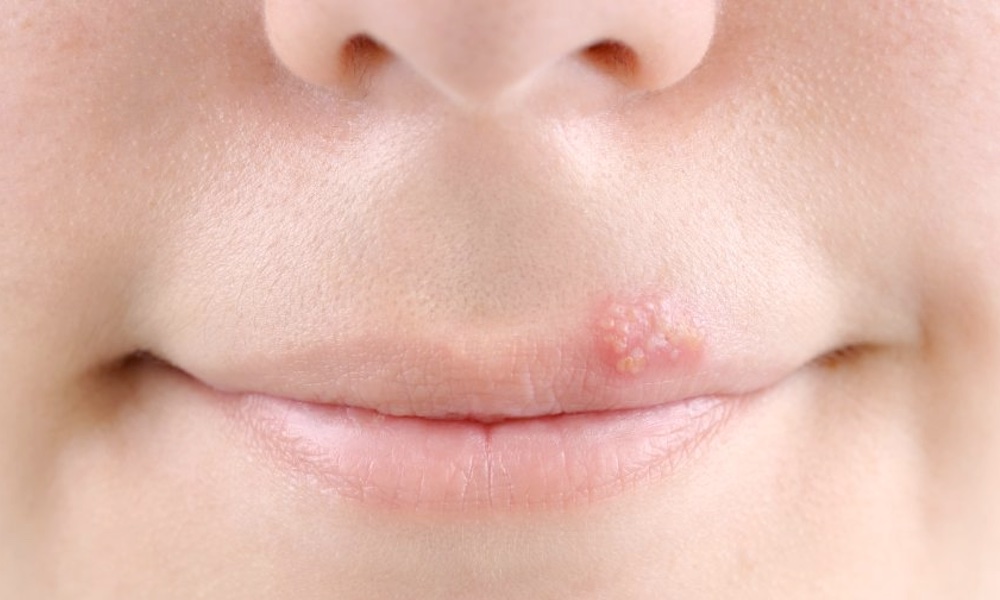Cold sores, also known as fever blisters, usually announce themselves to the people who get them with a tingling feeling around their mouths. These tiny, fluid-filled lesions erupt on and around the lips and are caused by the herpes simplex virus.
Nearly 50 percent of Americans are infected with herpes simplex 1 (HSV1), according to the CDC, and once a person becomes infected, the virus sticks around for life, although it may lie dormant for years between outbreaks. Recent research by the University of Virginia School of Medicine shines light on the sources and possible prevention of these outbreaks.
Herpes flare-ups aren’t just irritating-yet-harmless sores. When the virus reactivates, it begins to replicate itself and can result in progressive symptoms of disease, including oral or genital ulcers, eye infections and brain inflammation. Chronic recurrent HSV1 infection has been found to be related to the progression of Alzheimer’s disease, highlighting the importance of preventing future outbreaks in infected individuals, rather than just treating symptoms of flare-ups.Once a person becomes infected, the virus sticks around for life, although it may lie dormant for years between outbreaks.
Anyone who regularly gets cold sores is likely aware of the connection between sun exposure, stress and HSV1 outbreaks, but until this study, scientists had not been able to pinpoint what was behind the virus‘s reaction to such stimuli.
The main culprit that provokes the excited states in neurons that trigger the virus to reactivate is a protein called interleukin-1, they found. The body releases interleukin-1 after periods of prolonged stress or inflammation (for example, caused by illness, lifestyle or environmental factors). This protein is also an important building block of skin and eye cells that gets released if skin is damaged by ultraviolet light.
Because this same protein is released by the body in response to all three common cold sore triggers — sunlight, sickness and stress — it makes sense that the interleukin-1/herpes simplex virus connection is so strong. Interleukin-1 is the common denominator that makes each of these exposures trigger a cold sore outbreak.
The study not only tells us more about how the herpes virus works, but “it highlights how some viruses have evolved to take advantage of what should be part of our infection-fighting machinery,” researcher, Anna Cliffe, explained in a statement. The new information gives researchers a clue as to how viruses that can lay dormant for long periods of time behave in the human body.While the body is busy handling whatever stressor or foreign body threatens the system, the virus seizes the opportunity to create an outbreak, resulting in a cold sore.
In the meantime, if you are one of those who suffer from regular cold sores outbreaks, you can help lessen the likelihood of future flare ups by avoiding prolonged direct sun exposure on your face, and using an SPF sunscreen whenever sun exposure is unavoidable. Lifestyle adjustments can help you cope with chronic stress and reduce systemic inflammation. Rest, good hydration, regular exercise and a balanced diet all fortify the entire body to handle the effects of stress and illness.
The study can be found online in the journal eLife.





